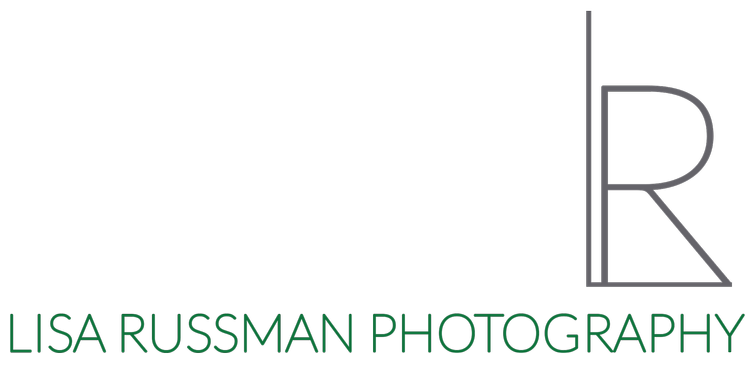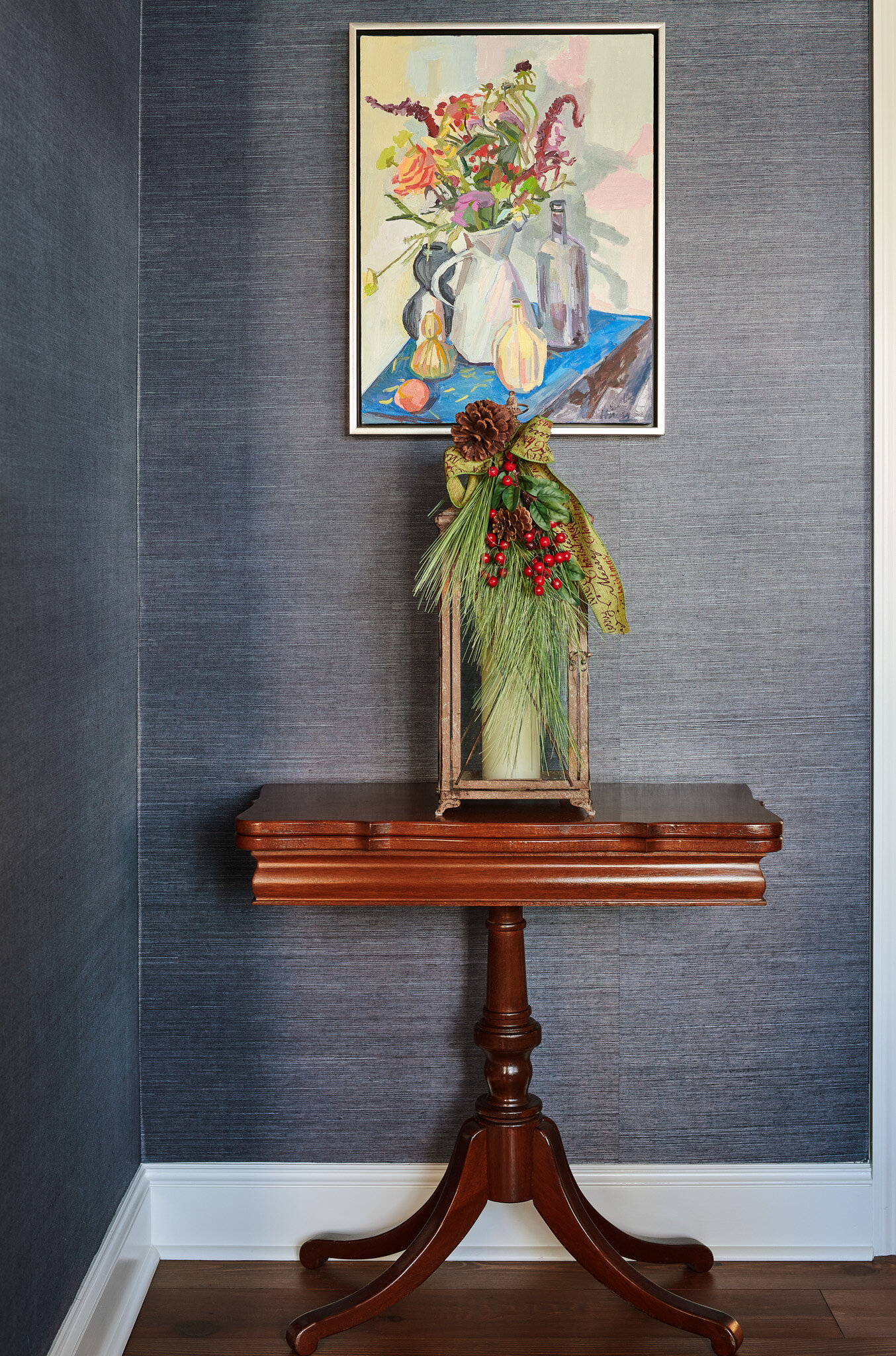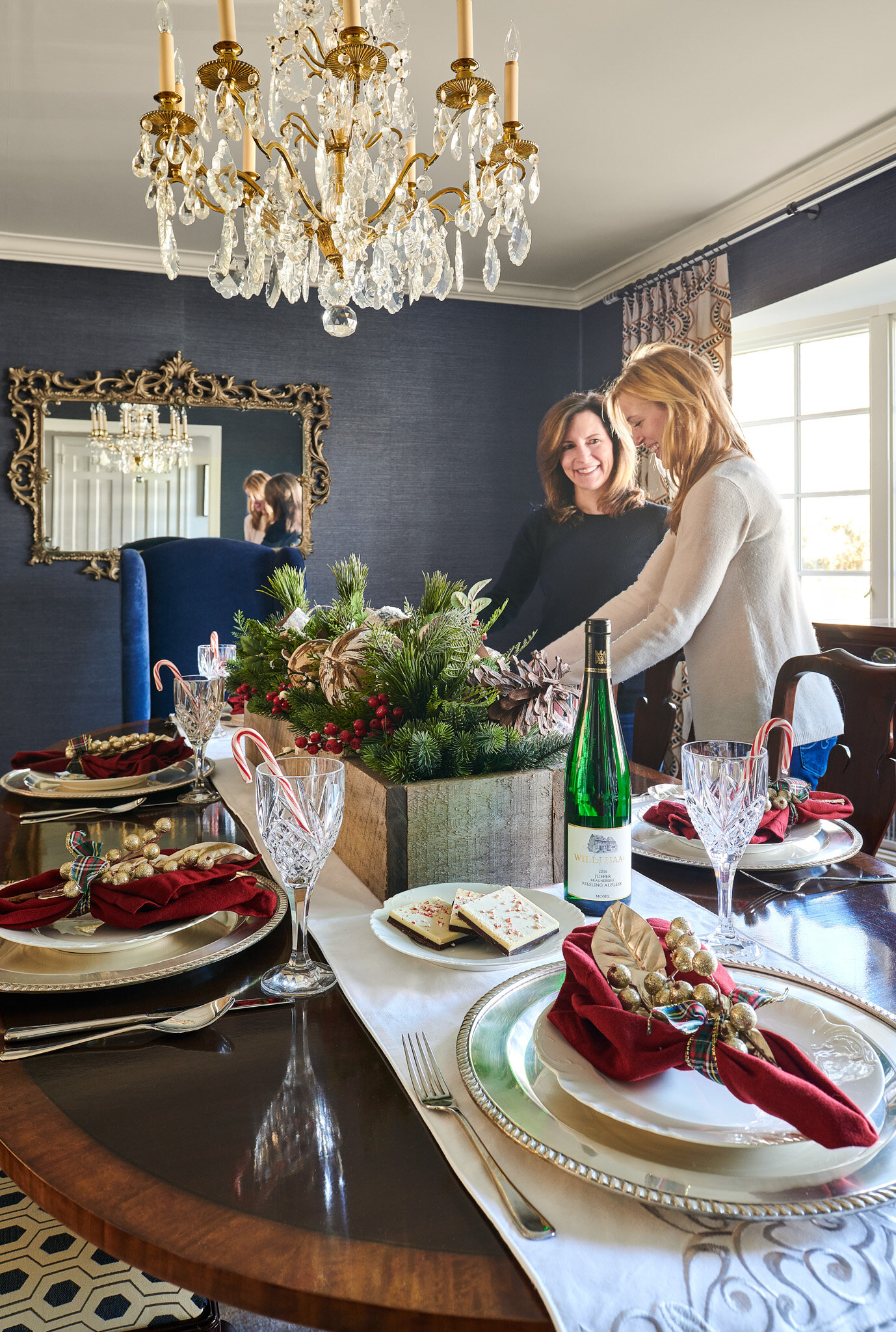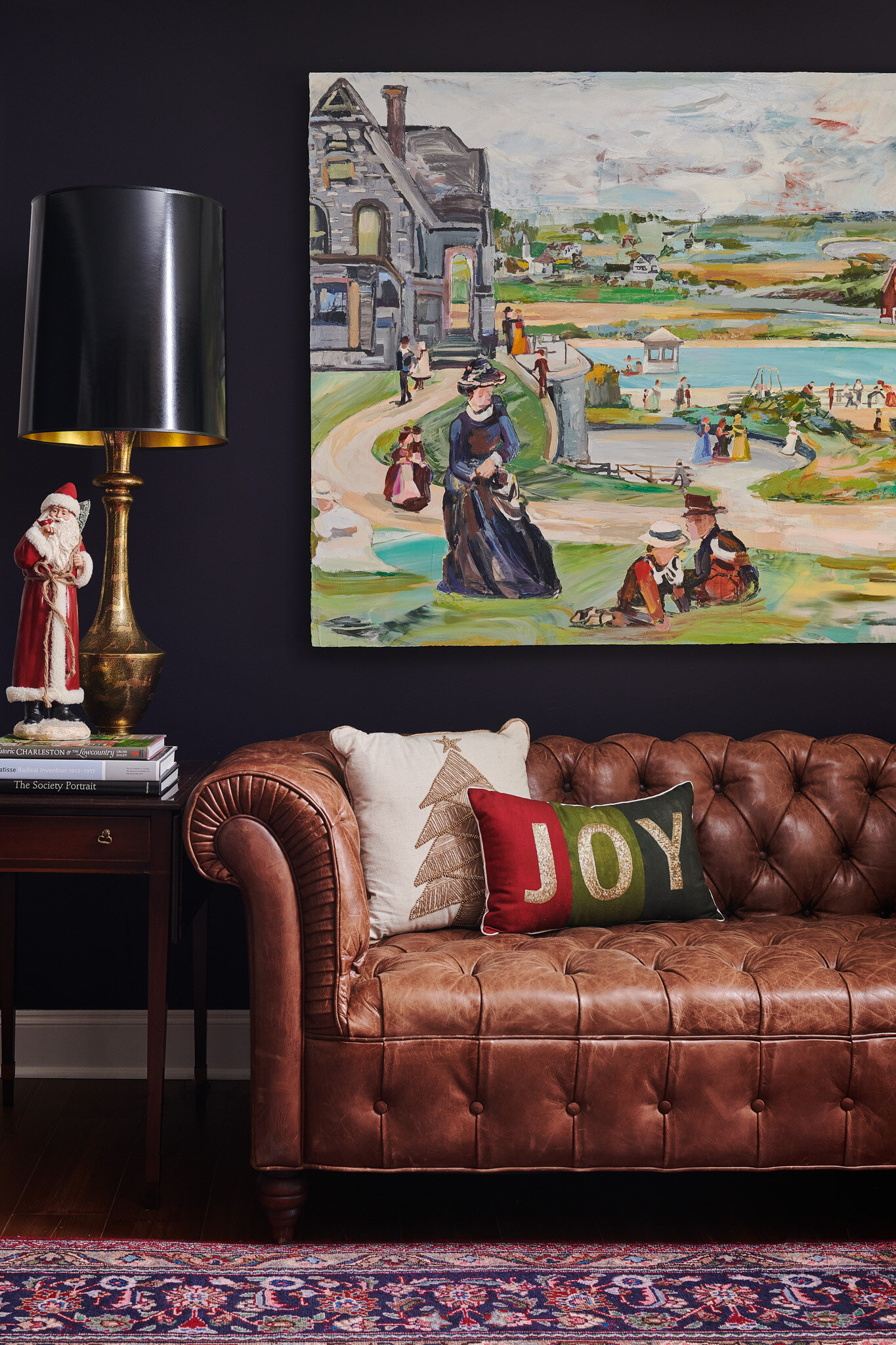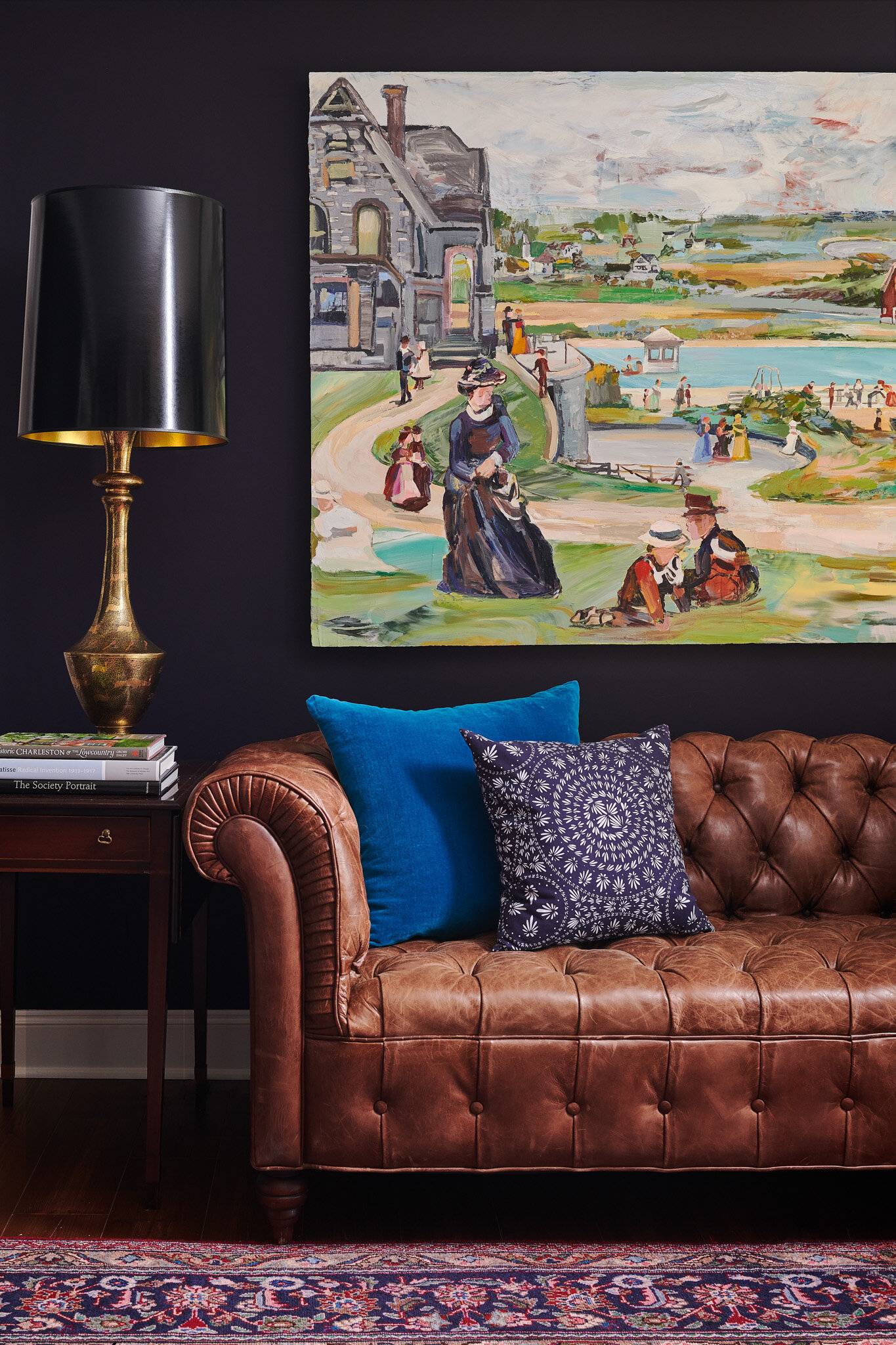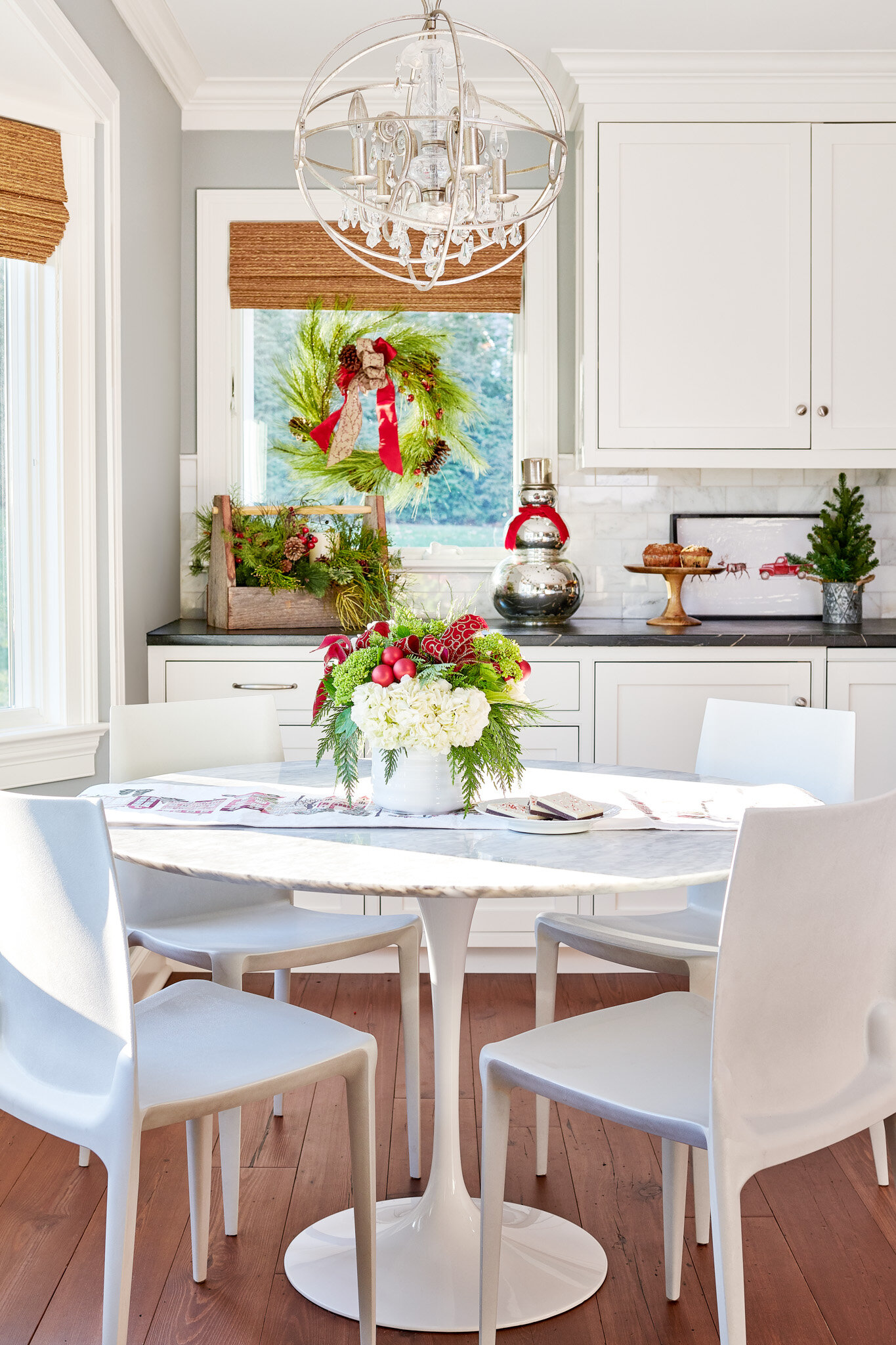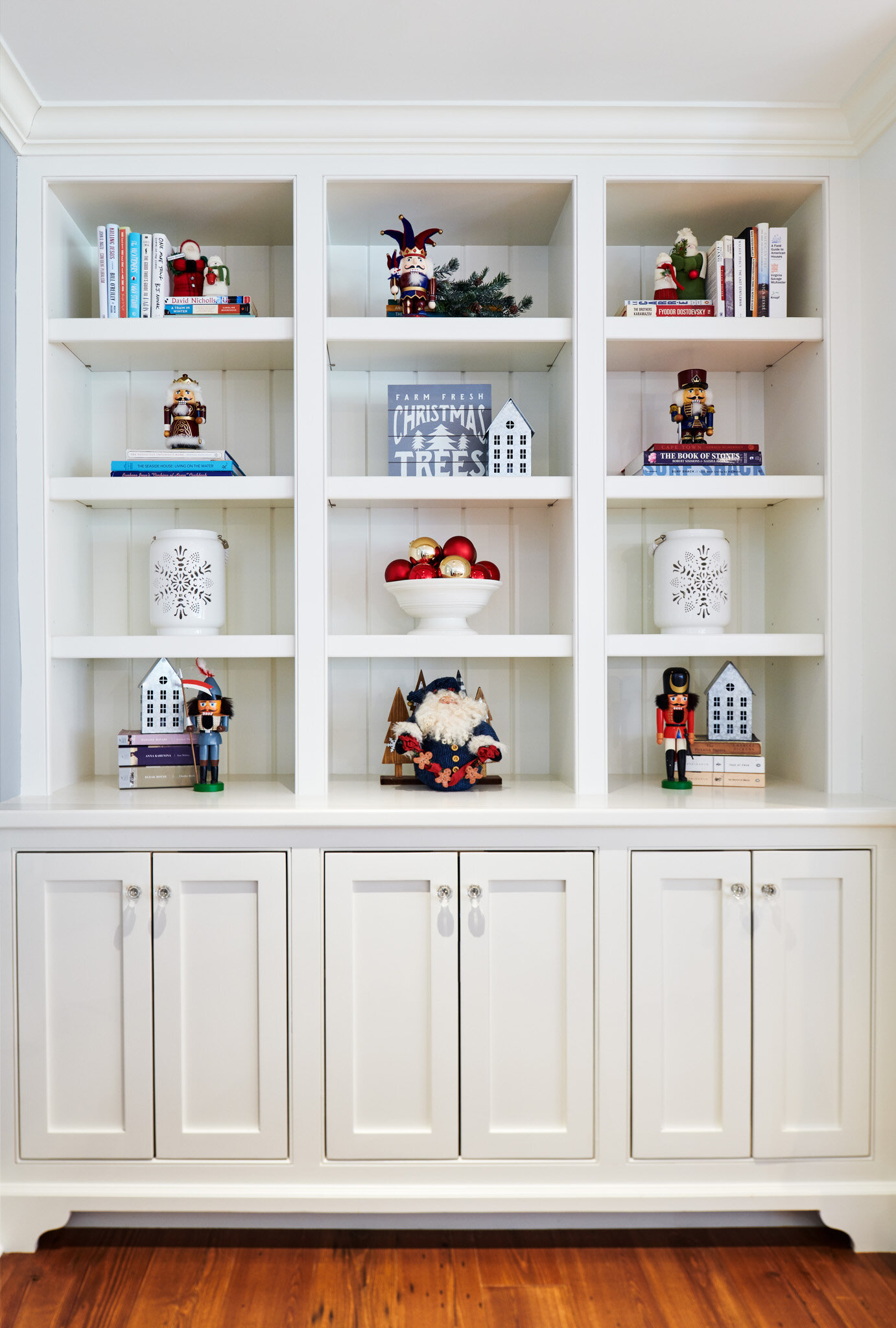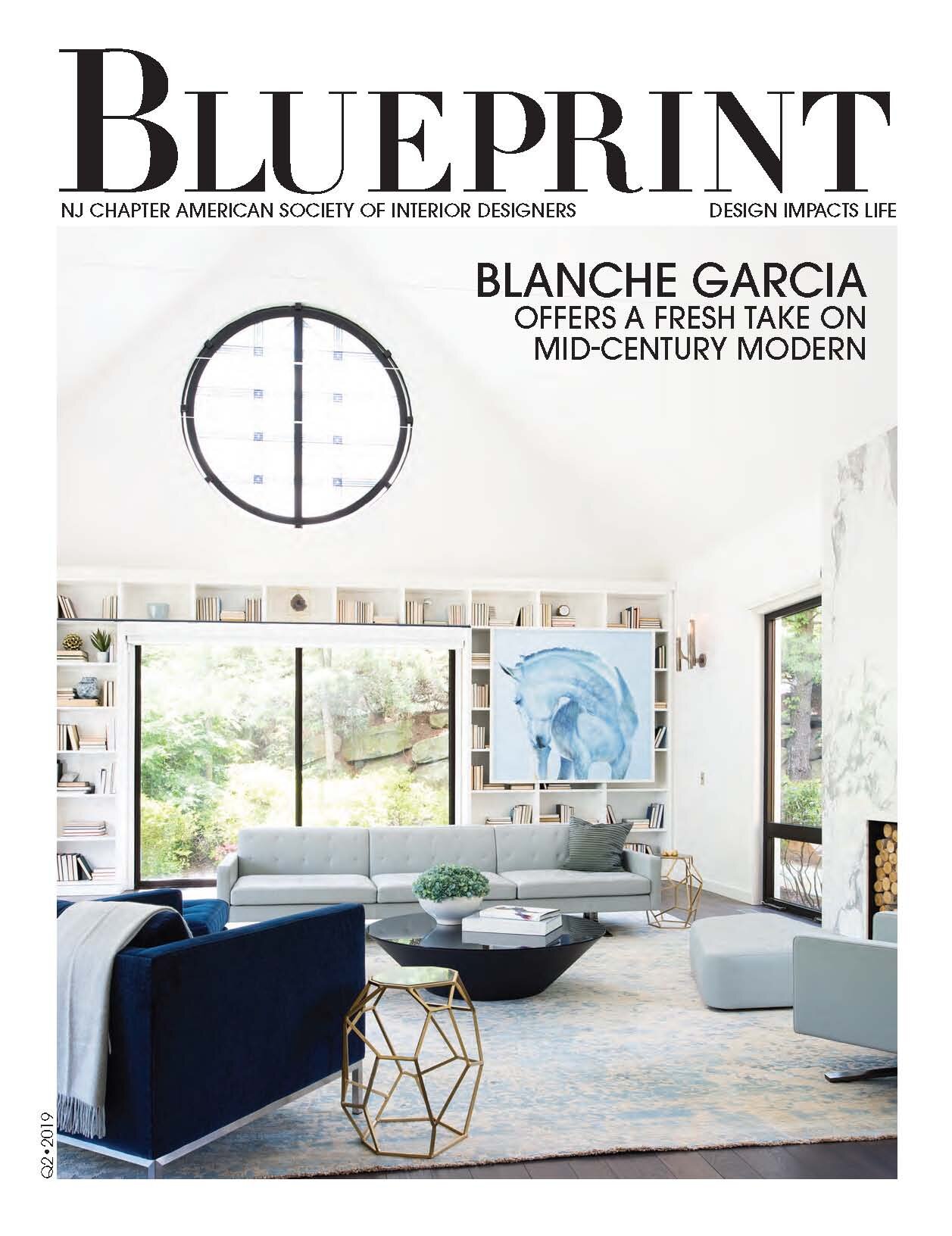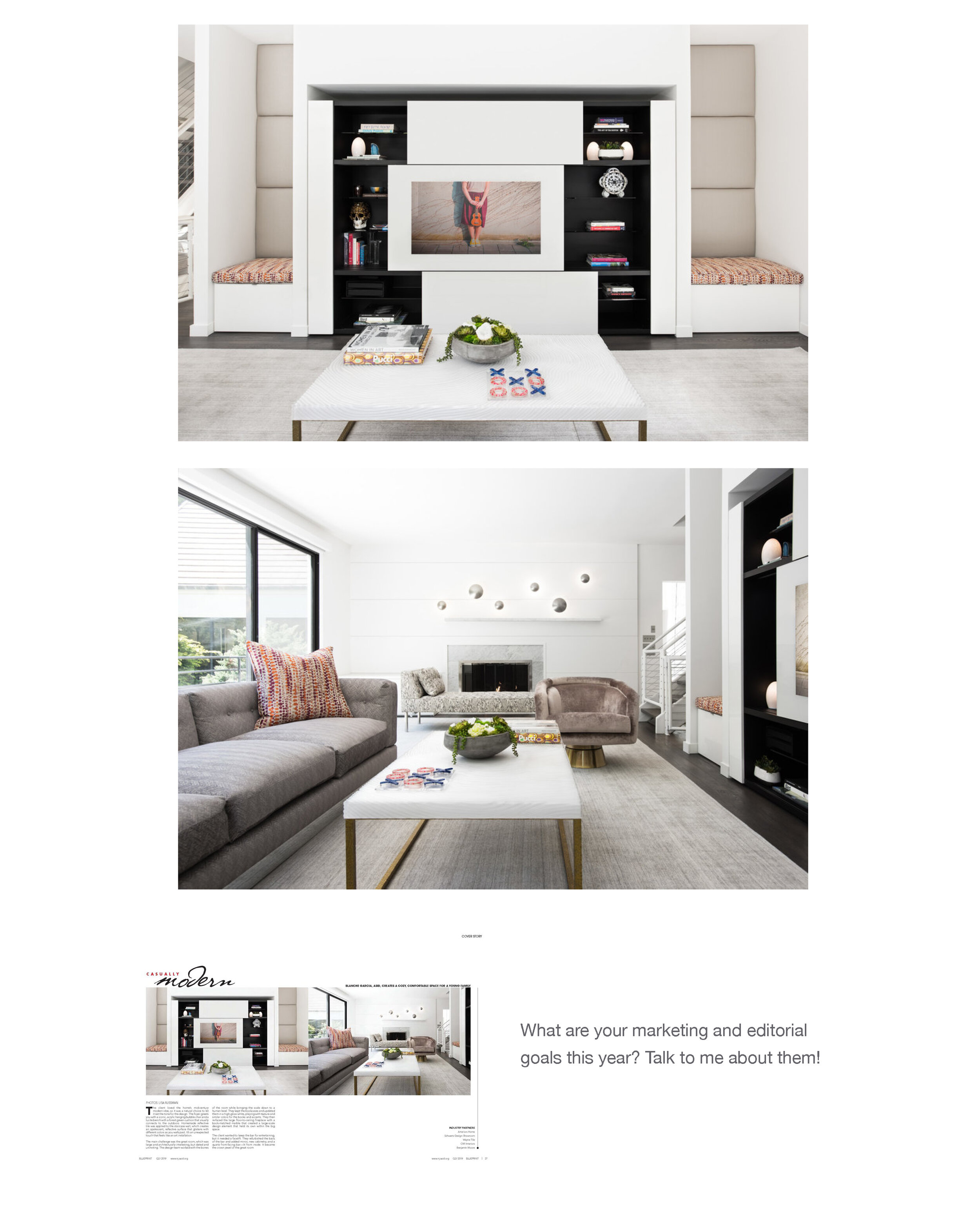This is part 2 of my Planning Ahead series that take on topics for creatives to consider in the time of COVID-19, and to provide insights on how to be prepared once we can safely step back into collaborative work.
I’ve been an interiors and architectural photographer for 10 years now, but my first career in arts communications is a background I lean on all the time help my clients get the most out of the visual set I create. All of that experience spearheading strategic communications campaigns for major museums and cultural institutions is useful today. I worked closely with curators, architects and museum leadership to shape newsworthy story ideas, wrote releases and pitches and built relationships with key journalists, managed major press announcements, interviews and film crews, and built the public image and messaging for institutions all over the world. This experience plays into how I think about my work as a photographer every day, and what’s going to best serve you. I can’t help it. I am always thinking of all the ways I can help my clients finesse their own public relations goals, and benefit from the visual record I create for them.
So, how do you get ready now for the editorial coverage you deserve? First of all, getting ready now means whenever you can, but preferably not when you’ve done your last install and have hired your photographer. Ideally, start this process at the beginning of your project, and continue with it all along the way. Now is a good time to get started, if your work has slowed or you are taking stock in your business plan, due to the coronavirus pandemic. Either way, with a little advanced prep at the start of each project, you’ll be ready to get in front of the right editor and land the editorial placement that best promotes your work and your business.
Pay attention: what kind of story is it? All editorial coverage has an angle, or a “hook.” When pitching a project to an editor or writer, you need one. Did you help a family make their new suburban house a home? Did the couple you designed for have very different sensibilities, and your solution is a happy medium they both love? Did you use unique materials, involve interesting partners, or honor off-beat client requests? Is it a DIY story? A “House Tour?” A “Before and After”? (And if so, take some “before” shots of the angles you think will be showstoppers later).
Knowing this hook can shape the kinds of pictures we take together. For instance, if this is a truly “family friendly” home and that’s the angle, we’re going to photograph the stain-resistant chairs, the kids’ hangout room, and so forth. Sometimes, we figure this out together during our collaborative photo shoot. Other times, a story emerges once the photographic set is finished, and it seems obvious where the best “editorial home” is.
I will often provide my clients with a list of questions to answer, so this pitch can be further developed. With these responses, I can write the pitch and get it in front of the right editor.
Be honest: what’s the right editorial fit? A feature in the pages of House Beautiful sounds amazing, but if you are just starting out, that may be unrealistic. Where are you at, right now, in your field? Where do you want to be, and could this image set be the right vehicle to get you there? Visualize the kind of coverage that would actually benefit your business the most today, and be realistic.
Soul search: Who is your audience? This one goes hand-in-hand with knowing what the right editorial fit is. If you understand who your audience is, then you will know where your story will resonate. Whether your audience is a family decorating their home for the first time, starting a kitchen renovation, or redoing an upscale apartment, take a moment to define your audience. It will serve you well.
You may really want a project published so you can get street credibility on social media, so a web-based publication with a “House Tour” that showcases a large gallery of images would work well. Maybe it’s time to score designer panels, blog interviews, and awards, in addition to more prestigious projects. If this is the case, you may want a print or web-based outlet that highlights you, your niche, and your process in the context of a special project. Or, if you want to get in front of potential clients in your region, then perhaps a glossy regional magazine makes the most sense. A good seasonal hook (summer outdoor seating areas, festive holiday decorations, etc.), including a shot of you on site, with or without your client, works well here. Do you want to establish yourself in a particular niche, maybe one you want to be known for, like kitchen design? Then have your best kitchen photographed, and include unique details that set you apart.
It could also be that it’s not the right project for editorial, and the photographs would best serve your portfolio or social media campaign. It can be hard to sort through it all, so I consult with my clients on these goals, helping them figure out the kind of editorial coverage that works for their business, and I plan a visual package to get them there.
Be you: What is your unique style? I like to call this the “let your freak flag fly” tip (that’s a song from Shrek). When I talk to my clients on the phone to get to know them, their project and their business, I always ask them what sets them apart from other designers. What makes them special and makes them tick? I get great answers, whether it’s attention to bold colors, an affinity for texture, or a love of integrating vintage finds. And you know what, that totally leads me in the visual narrative I’m creating on the photo shoot. This self-awareness of what sets you apart from the pack defines you and your brand. Even if it might morph a bit -- and we all do grow and change -- you have to own your brand now and be able to articulate that to a writer.
Be an expert: Why not you? Everyone is great at something and you need to position yourself as an expert, even if you feel uncomfortable about it. Your industry is as much about you as it is about your design skill, because your personality and people skills are hugely important to your clients. We all have to share more about our lives, the creativity we cultivate and the people and things that inspire it. Editors will know more about who you are and it could correlate to more quotes from you and more pictures of you, in their pages. I’m going to have posts later on that go deeper into this idea.
Build relationships. If you’ve been included in any article or featured in a story, send the writer and the editor a note of thanks. Check in with them from time to time to let them know what you are doing. You never know when they might need a quote from a designer, and building relationships here is key to long-term success. In addition, build on partnerships so you can include them in projects. Sometimes the involvement of a high-profile partner can be just the angle an editor is looking for.
Keep lists. Start a list of the key vendors and partners you used in each room. This will be easier later, not only when working with an editor but for tags on social media.
Keep a “library” of saved articles. Start a file, bookmarked on your computer and in a folder on your desk of all the articles that could easily be about you or your project today. Also bookmark those stories that you hope for one day. Keep an eye on what your competition is getting ink about, and see where their coverage lands. Notice the kinds of stories that are out there, and think about where you and your project fits. It’s also really good to be familiar with who does what, so you know their “beat” when you speak to them. Editors really like it when you know their publication and the various ways they cover design.
Create a file now on your project. Pull together your drawings, inspiration, before shots and in process shots that you take. Doing this is great for two reasons. First, I like to refer to pictures of the space you’ve designed so we can create a shoot plan. I create a shoot plan for all my clients so we have a guide to our day together – it is something that can be adjusted and amended on site, but it’s helpful going into a shoot to know which spaces we’ll photograph, potential number of shots in each space, and the highlights to capture. It also helps me create our styling plan – yes, I help in advance with styling, but that’s for another blog post. Second, having these images on hand makes it easy to find when the writer wants a schematic or before picture for their story. I send all of my clients a Dropbox link at the start of our work together, so they can easily drag and drop these images in -- so it’s all at our fingertips.
Want to know more? Get in touch! I’d love to connect.
